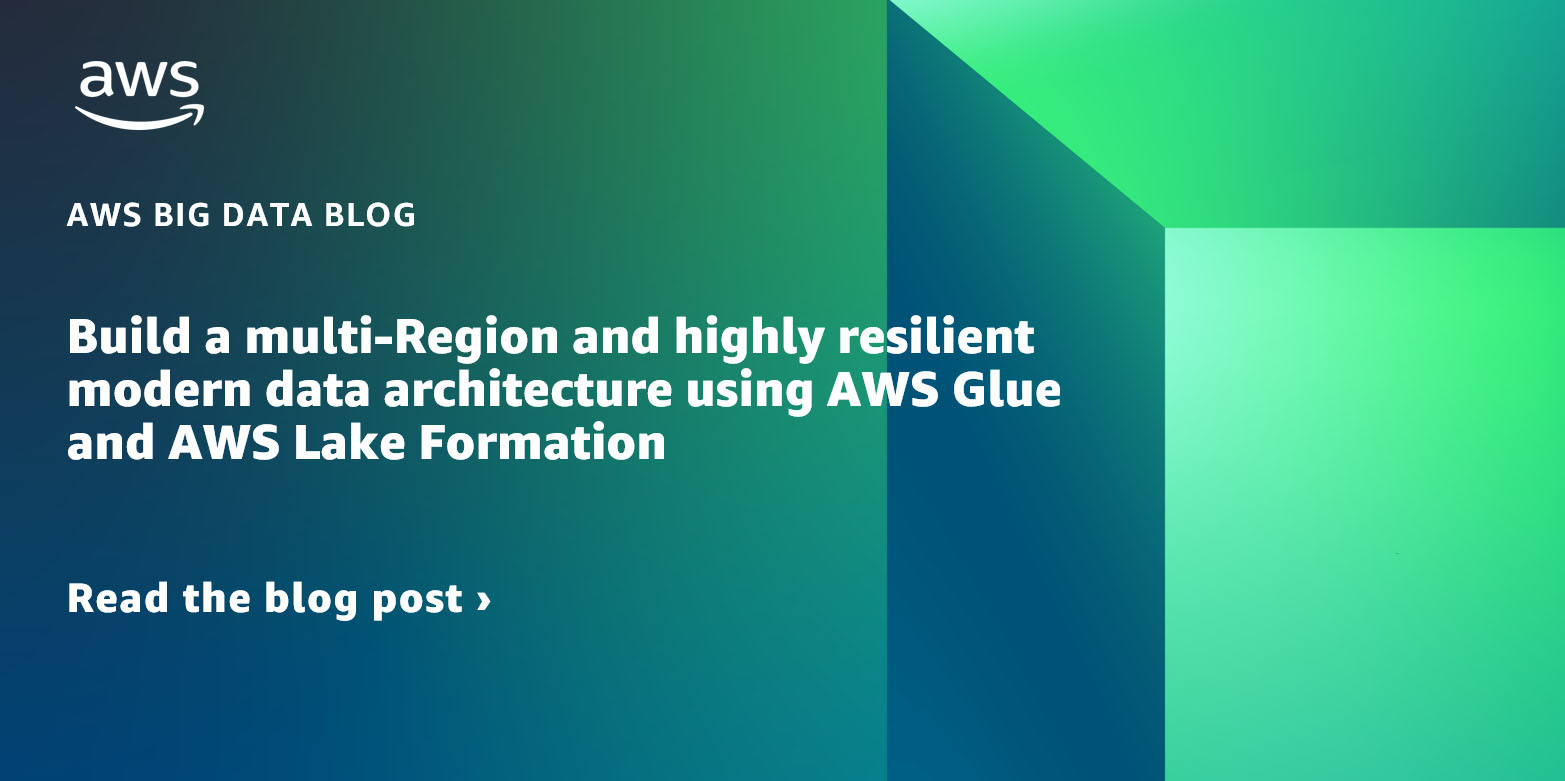AWS Big Data Blog
Category: Analytics
Super-charged pivot tables in Amazon QuickSight
Amazon QuickSight is a fast and cloud-powered business intelligence (BI) service that makes it easy to create and deliver insights to everyone in your organization without any servers or infrastructure. QuickSight dashboards can also be embedded into applications and portals to deliver insights to external stakeholders. Additionally, with Amazon QuickSight Q, end-users can simply ask […]
Amazon OpenSearch Serverless is now generally available!
We ended 2022 on a high note with the preview release of Amazon OpenSearch Serverless at re:Invent. Today, we are happy to announce the general availability of Amazon OpenSearch Serverless, the serverless option for Amazon OpenSearch Service that makes it easier to run search and analytics workloads without even having to think about infrastructure management. […]
How SikSin improved customer engagement with AWS Data Lab and Amazon Personalize
This post is co-written with Byungjun Choi and Sangha Yang from SikSin. SikSin is a technology platform connecting customers with restaurant partners serving their multiple needs. Customers use the SikSin platform to search and discover restaurants, read and write reviews, and view photos. From the restaurateurs’ perspective, SikSin enables restaurant partners to engage and acquire […]
Build a multi-Region and highly resilient modern data architecture using AWS Glue and AWS Lake Formation
AWS Lake Formation helps with enterprise data governance and is important for a data mesh architecture. It works with the AWS Glue Data Catalog to enforce data access and governance. Both services provide reliable data storage, but some customers want replicated storage, catalog, and permissions for compliance purposes. This post explains how to create a […]
Build a serverless analytics application with Amazon Redshift and Amazon API Gateway
Serverless applications are a modernized way to perform analytics among business departments and engineering teams. Business teams can gain meaningful insights by simplifying their reporting through web applications and distributing it to a broader audience. Use cases can include the following: Dashboarding – A webpage consisting of tables and charts where each component can offer […]
What’s new in Amazon Redshift – 2022, a year in review
In 2021 and 2020, we told you about the new features in Amazon Redshift that make it easier, faster, and more cost-effective to analyze all your data and find rich and powerful insights. In 2022, we are happy to report that the Amazon Redshift team was hard at work. We worked backward from customer requirements […]
A dive into redBus’s data platform and how they used Amazon QuickSight to accelerate business insights
This post is co-authored with Girish Kumar Chidananda from redBus. redBus is one of the earliest adopters of AWS in India, and most of its services and applications are hosted on the AWS Cloud. AWS provided redBus the flexibility to scale their infrastructure rapidly while keeping costs extremely low. AWS has a comprehensive suite of services […]
Enable cross-account sharing with direct IAM principals using AWS Lake Formation Tags
With AWS Lake Formation, you can build data lakes with multiple AWS accounts in a variety of ways. For example, you could build a data mesh, implementing a centralized data governance model and decoupling data producers from the central governance. Such data lakes enable the data as an asset paradigm and unleash new possibilities with […]
Build a serverless streaming pipeline with Amazon MSK Serverless, Amazon MSK Connect, and MongoDB Atlas
This post was cowritten with Babu Srinivasan and Robert Walters from MongoDB. Amazon Managed Streaming for Apache Kafka (Amazon MSK) is a fully managed, highly available Apache Kafka service. Amazon MSK makes it easy to ingest and process streaming data in real time and use that data easily within the AWS ecosystem. With Amazon MSK […]
How NETSCOUT built a global DDoS awareness platform with Amazon OpenSearch Service
This post was co-written with Hardik Modi, AVP, Threat and Migitation Products at NETSCOUT. NETSCOUT Omnis Threat Horizon is a global cybersecurity awareness platform providing users with highly contextualized visibility into “over the horizon” threat activity on the global DDoS (Distributed Denial of Service) landscape—threats that could be impacting their industry, their customers, or their […]









